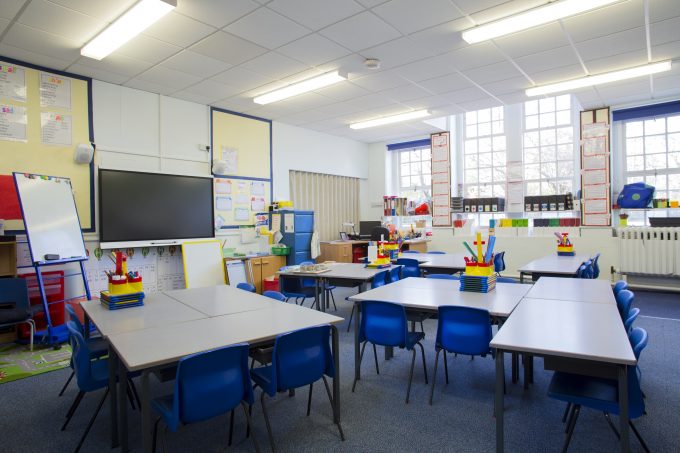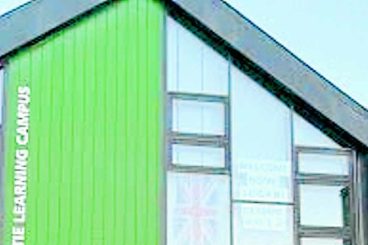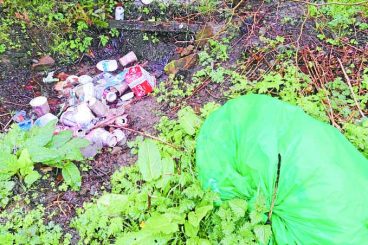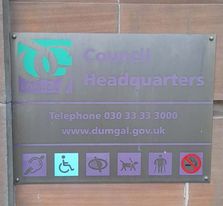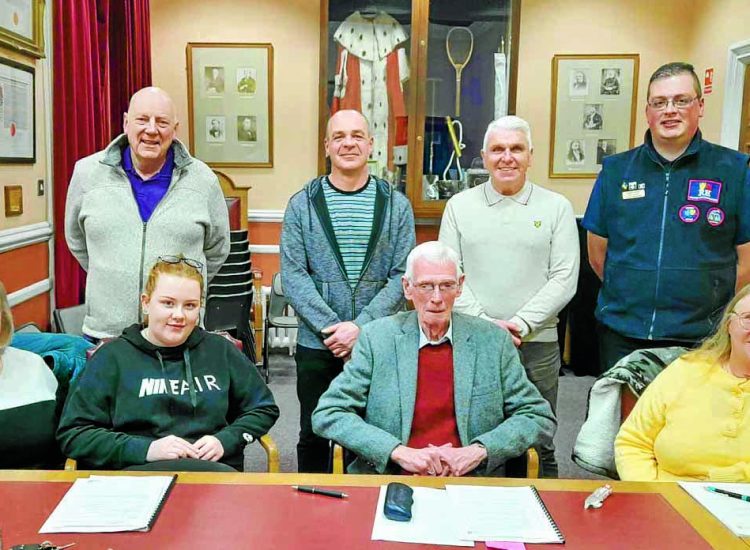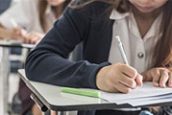The Royal College of Occupation Therapists (RCOT)guide on ‘Preparing your child for returning to school’ is aimed primarily at parents/carers of younger children.
It suggests creating a ‘return to school’ plan that covers not only what has changed but also remembering to talk about what will be the same (friends, teachers, uniform etc).
It also recommends removing unnecessary fears by being very clear with children about the drop-off and pick-up time and who will be there to see them off and welcome them back and using preferred communication methods – some children like written detail, others prefer symbols, photos or videos.
Dr Sally Payne said: “Coming back to school after lockdown has its own stresses and some children will also have suffered personal trauma. The start of the new school year requires everyone to centre the health, comfort and wellbeing of children and we are hopeful that our advice will be part of this approach.”
Their top tips are:
* Think about your child’s individual needs: each young person has their own personality, strengths and requirements so will need different preparation and support.
* Find out your child’s worries: are they worried about catching the virus or family members getting sick? Once you know their concerns, you can provide them with information and reassurance to help them feel safe at school.
* Share with teachers and support staff your family’s lockdown experience, as this will affect how your child will feel about returning to school.
* Use your child’s preferred communication method. Your child could help write their own ‘return to school’ plan. Other children may find symbols, photos or videos more helpful. Social stories which use short descriptions of a situation or activity can help children understand and cope with changes.
* Think about what will be the same when your child returns to school, such as their teachers and uniform. Focusing on this first will be reassuring and help reduce their anxiety.
* Find out how the school environment will be different, such as the position of desks in classrooms. School staff may be able to provide photos or videos so your child can see what school will look like. Remember, certain changes may benefit your child, for example fewer children in the playground may reduce the risk of sensory overload.
* Consider how changes to school routines and activities will affect your child: for example, there could be new rules about entering and moving around school. Some activities that your child enjoys may not be allowed, such as swimming. Help your child to understand those changes to their school day and why they are happening.
